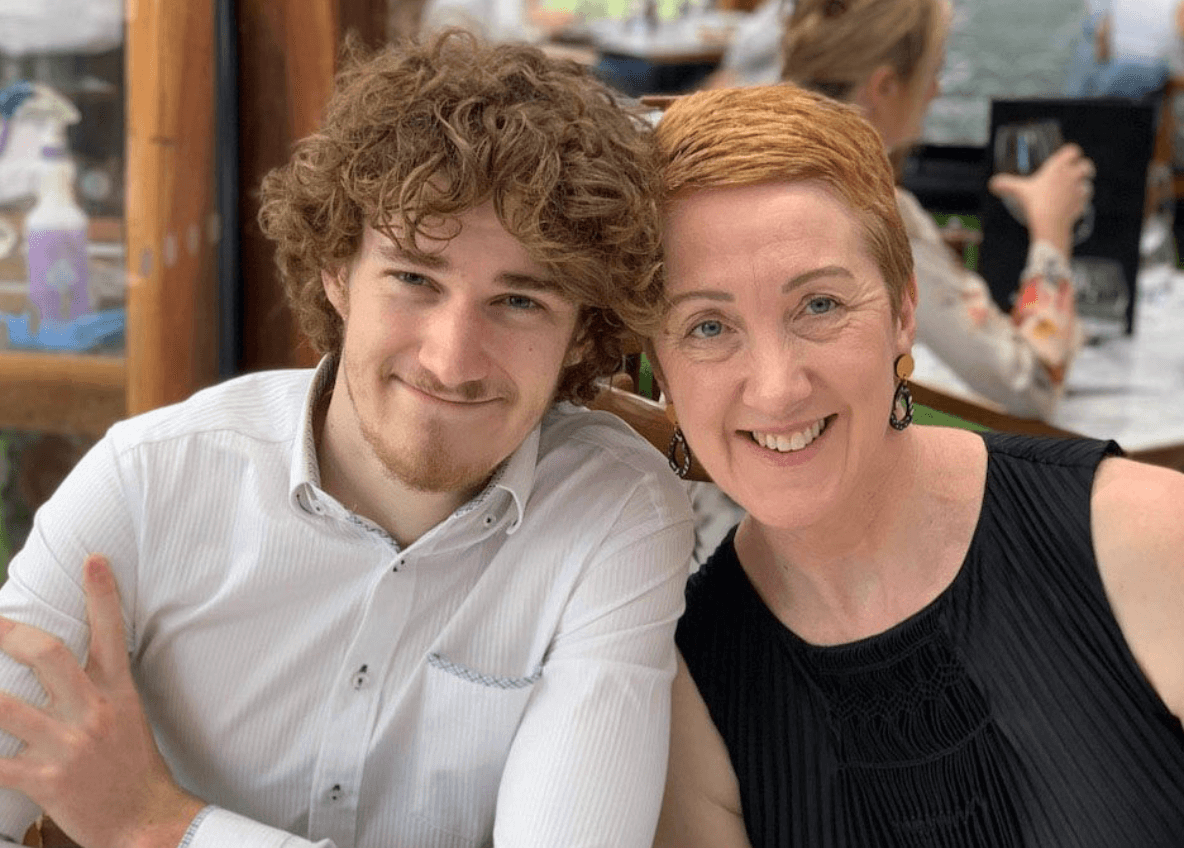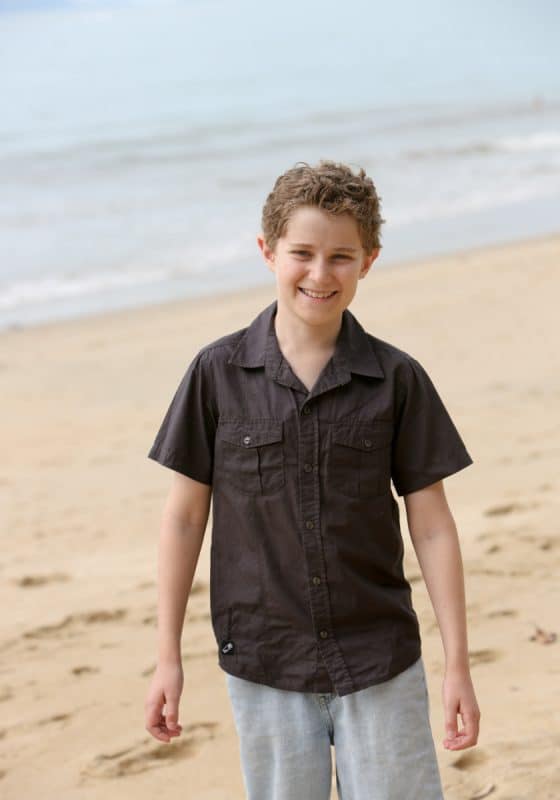MissingSchool CEO & Cofounder, Megan Gilmour, was featured in an article from Her Canberra. To view the original article click here.
Megan Gilmour’s son, Darcy, was 10 years old when he was diagnosed with three rare blood disorders that turned their entire family upside down.
In 2010, Darcy was flown from home in Canberra to Sydney Children’s Hospital for emergency treatment that ended in a bone-marrow transplant—transforming the family’s world from school and playgrounds to one of hospitals, doctors, and life-saving treatments.
The whole family relocated to Sydney in order to be as close as possible to Darcy (and each other) while he fought three rare blood disorders, one of which was pre-leukemia. For a year, Megan and her daughter, Mia, slept at Ronald McDonald House in Randwick, while Megan’s husband, Hugh, slept alongside Darcy. Mia would head to school and return via the hospital, where she would sit and do her homework until nine o’clock at night.
Looking back at that incredibly traumatic time, Megan says the entire family was absorbed by Darcy’s illness, leaving little room for much else. As a result, it took a long time to realise that Darcy needed school, his friends, and his wider school community back in north Canberra.
“It’s easy to think you shouldn’t make them ‘do’ school,” says Megan, “but it’s critical for their ongoing identity as a student, which provides belonging and normalisation in a very traumatic time.”
When Darcy spoke about his ‘teacher’, he would be referring to his teacher in Canberra, whose class he’d never actually been in, instead of the hospital school’s teacher.
Darcy before he became sick.
“He related to himself as being in that Canberra classroom. It was his place, it was his identity, even though he wasn’t physically there.”
Darcy’s treatment and complications were relentless but ultimately he survived. Today, he is a thriving 22-year-old who loves travel, fitness, and uni. But for many children, time away from school can have huge long-term consequences as they head into adulthood. Mental health issues, anxiety, and social issues as a result of separation from school can be lifelong. This is why early intervention, to maintain critical learning and peer connections, is essential, Megan believes.
“Children never stop learning – they’re not just sitting around, waiting for us to teach them. In that respect, we really do need to intervene with positive learning experiences, otherwise, all they’re learning about is drips and needles and pain.”
Megan came away from the experience with a determination to help other children who miss school due to serious illness. In 2012, she and two other Canberra mums launched Missing School, a charity that advocates for keeping seriously sick or injured kids and their siblings connected to their regular schools. Missing School makes assistive school telepresence, including robots, a viable solution for seriously sick children.
Telepresence robots allow two parties in separate locations to see and hear each other, but—crucially—they also give one user the ability to navigate through the physical space of the other location. This is a potential ‘game changer’ in how students with significant illness or injury can connect with and participate in their regular school, whilst being physically absent.
Robots live in the regular classrooms of students, and are operated and moved in real-time by the student on their device from the remote location (e.g., home or hospital). The student can see and hear their teachers, be seen and heard, receive the same instruction as their peers, move around/between classrooms, socialise with friends, and participate in as much of the school day as possible with their classmates. This empowers the student with a sense of independence.
Through Missing School, Megan and her team hope to redress this critical issue and enable sick children to reconnect to their school identities, friendships, and community: “The only cure for absence is presence, and telepresence technology can provide that much-needed presence, albeit virtually.”
Megan credits Canberra – a city that she calls the ‘petri dish of innovation’- for MissingSchool’s very existence, including the ground-breaking assistive telepresence robots that the charity has become well-known for championing.
“It’s really easy to get things done in Canberra, with people who have connections, and that has made all the difference.”
Megan says Canberra’s size, both population-wise and geographically, along with its representation of local, state, and federal politics means that at every stage, she’s been able to get through to the person she needs to talk to.
When first looking to pilot MissingSchool’s telepresence robots in a Canberra school, for example, Megan heard that the once-ACT Chief Minister Katy Gallagher would be campaigning in federal politics at Belconnen markets.
“I met her at the markets as a citizen and told her all about it. And she said: ‘what can I do to help?’”
Megan asked Katy if she could ask the ACT’s Minister for Education if he would agree to discuss a robot pilot in the Territory. He said yes, and the rest is history.
Other connections include MissingSchool’s chair, Marcus Dawe, who came into contact with Megan through the Canberra Innovation Network. Megan also achieved her Churchill fellowship through the Churchill Trust as an applicant through the ACT, “which was a pivotal moment and has opened so many doors.”
MissingSchool continues to advocate for sick children, and provides robots free of charge to families in need. You can donate here.

